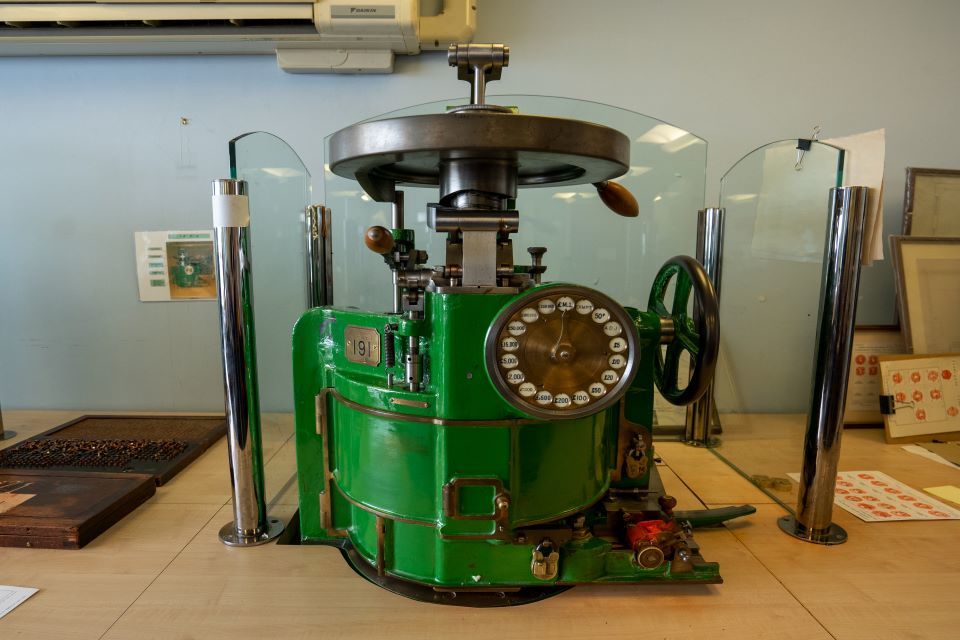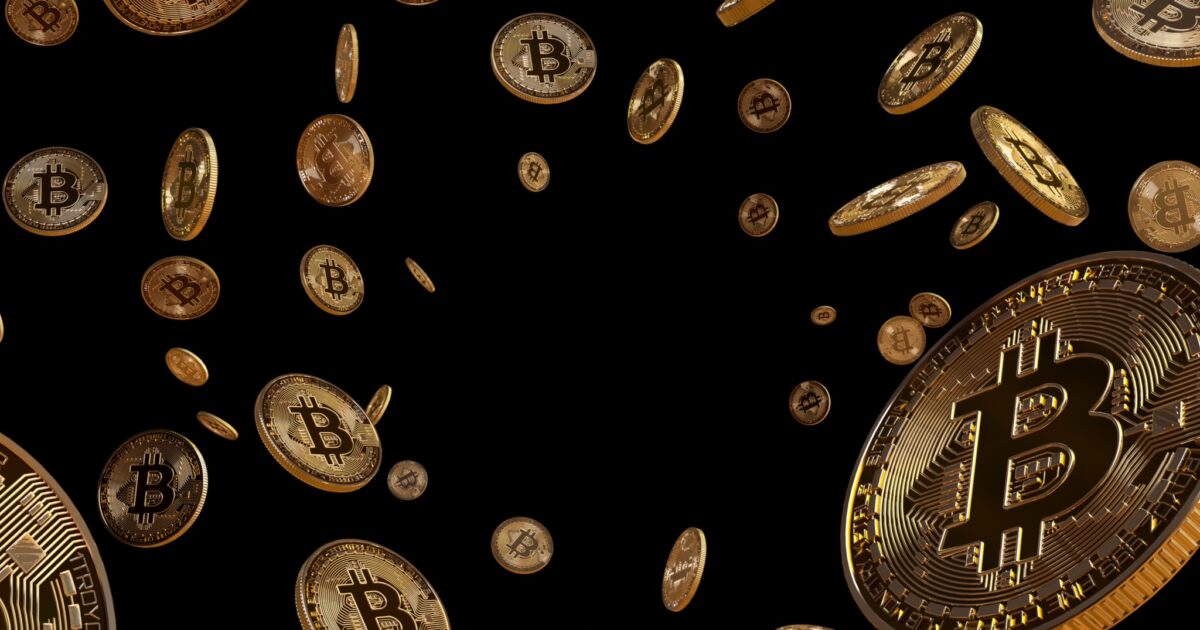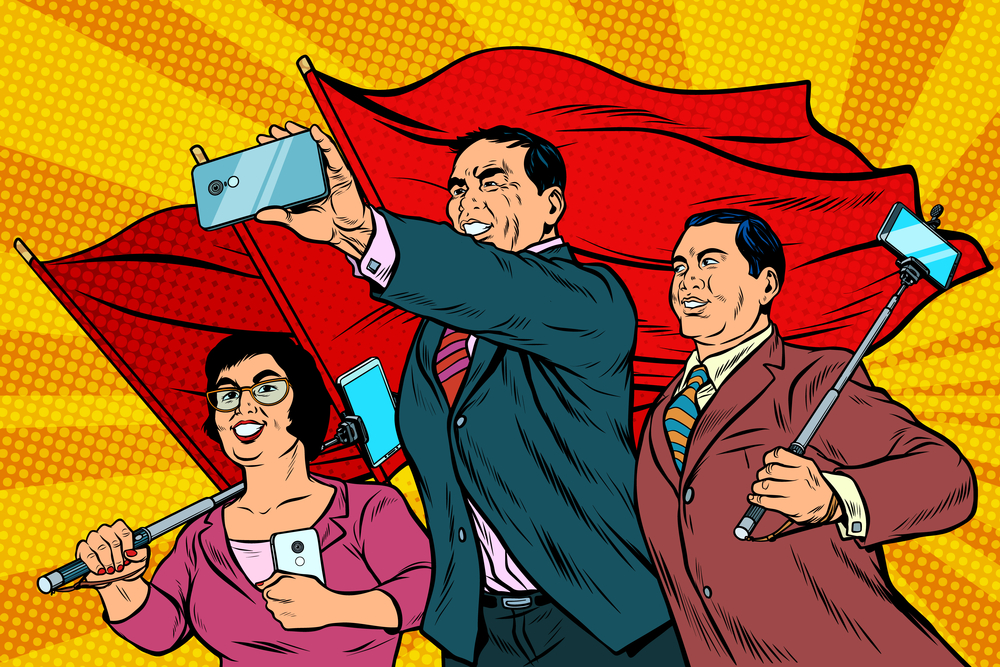
Why We Still Use Postage Stamps
In a decidedly digital age, the modest postage stamp seems to be slowly vanishing from daily life—no longer ubiquitous in wallets or pocketbooks, useful but maybe not essential.
They’re so overlooked that the comedian Nate Bargatze has an entire bit about how stamps make him “nervous.” “I don’t know how many you’re supposed to put on [a letter],” he says. “And they change the price of stamps, and that’s not in the news, you know? You don’t find that out on Twitter. You have to find out from old people. They’re the only people that know.” (As someone in the news, I am duty bound to report that stamps’ price increased from $0.66 to $0.68 on January 21.)
But stamps aren’t yet entirely anachronistic. Yes, the volume of first-class mail has been on the decline, but the U.S. Postal Service still sells about 12.5 billion stamps annually. Some of this is a matter of taste. “There are certain things where physical mail is still seen as the socially correct way to do things,” says Daniel Piazza, the chief curator of philately at the Smithsonian National Postal Museum, pointing to mailing wedding invitations, birthday notes, and holiday cards.
But stamps serve a purpose that is not merely functional. If you look back far enough, they also tell a story about national identity, and the technological and cultural trajectory of America. Stamps “are both miniature art works and pieces of government propaganda,” Dennis Altman wrote in his 1991 book, Paper Ambassadors: The Politics of Stamps. “They can be used to promote sovereignty, celebrate achievement, define national, racial, religious, or linguistic identity, portray messages or exhort certain behaviour.”























